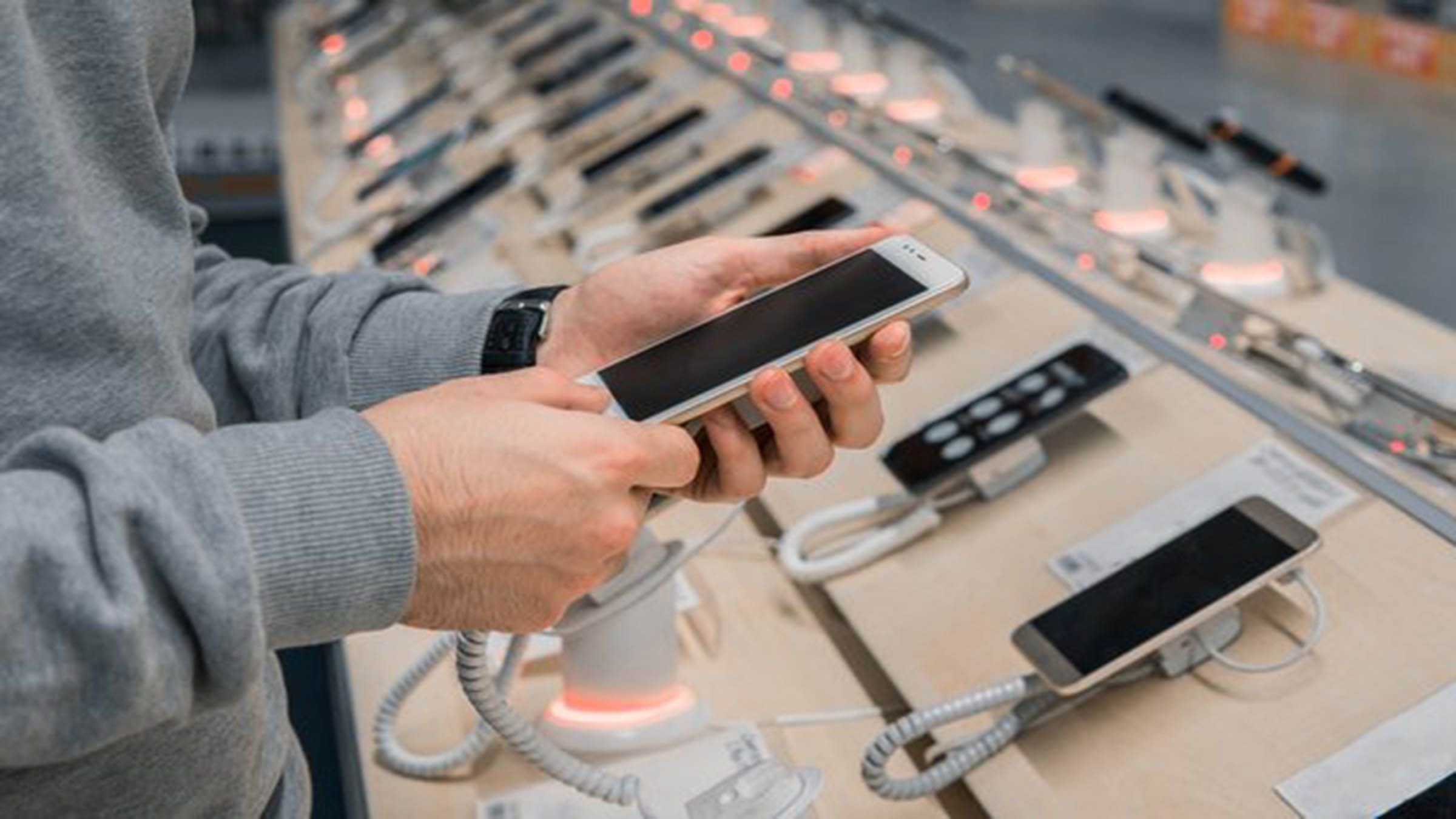Because of continuing price escalations of fuel that triggers price hikes in basic commodities, Filipino consumers are more cautious about buying smartphones and loads to make ends meet for them and their families.
Unlike the pre-pandemic days—when Filipinos spent more for new smartphones and more load to communicate to each other—nowadays the opposite prevails. Filipinos would watch closely price movements for basic necessities first than spend on smartphones and loads.
Hence, retailers of smartphones have been having slower sales these days because Filipino consumers have become increasingly price sensitive because of the unabated rise in fuel prices, which triggered higher food prices and other basic necessities.
“Higher prices among commodities will cause spending to fall especially in a price sensitive market such as the Philippines,” said Angela Jenny V. Medez, client devices market analyst at International Data Corp. (IDC) Philippines to Business World.
Medez said smartphone vendors and retailers have been anticipating a rebound in sales this year as consumers spend more amid the looser mobility curbs. The National Capital Region and 48 other areas will remain under the most relaxed Alert Level 1 until April 15, as the number of coronavirus disease 2019 (COVID-19) cases continues to drop.
Still cautious
However, she said smartphone retailers will
“remain cautious for any price increase especially since everyone is still recovering from the pandemic.”
The Philippine smartphone market contracted by 5.6 percent to 17.8 million units in 2021, as lockdowns dampened buying activity and global supply bottlenecks restricted supply, according to the IDC.
The market research company said sales in the fourth quarter of 2021 declined by 23.3 percent year on year even as shipments increased by 18.4 percent quarter on quarter.
IDC initially expected “double-digit growth” in the smartphone market this year as global supply constraints ease.
Will Wong, client devices research manager at IDC Asia/Pacific, said the recent spike in fuel prices will have a direct impact on smartphone firms’ business operations, particularly on logistics and power consumption.
“Nevertheless, Chinese OEMs (original equipment manufacturers) have been more resilient after experiencing the COVID-19 disruptions and component shortages,” he said, adding that Chinese OEMs will be prepared to tackle any uncertainties.
Wong said it will be a reasonable move by the Chinese smartphone makers to shift some of their focus away from Russia due to uncertainty arising from the war with Ukraine.
“Nevertheless, one thing to note is that Russia’s smartphone market size is 1.7 times larger than that of the Philippines. Thus, instead of only one single market, it will be more favorable to shift the focus to the overall Asian market where the Chinese OEMs have a relatively stronger market position,” he added.
Tags: #IDC, #smartphonesandloads, #pricesofbasicneeds, #continuingfuelpricehikes, #trade
